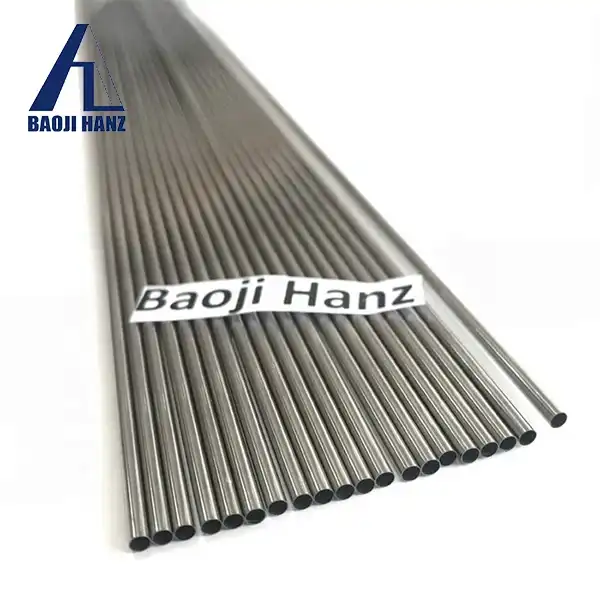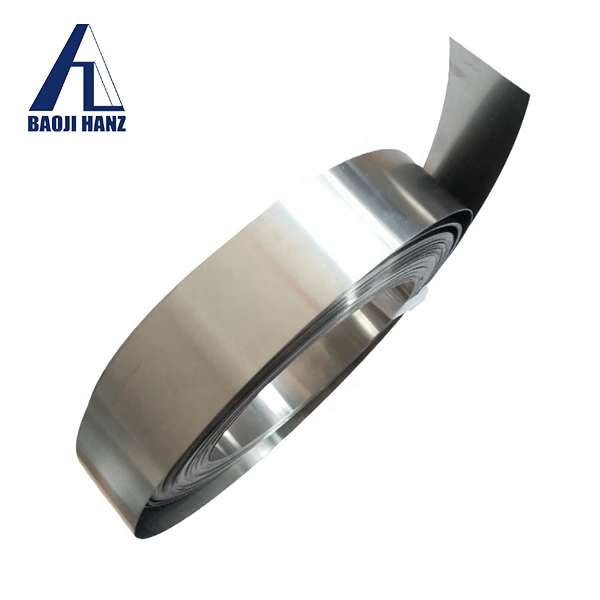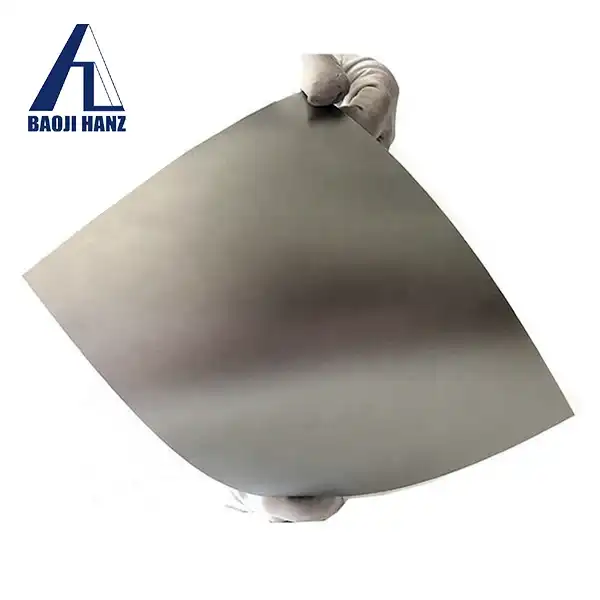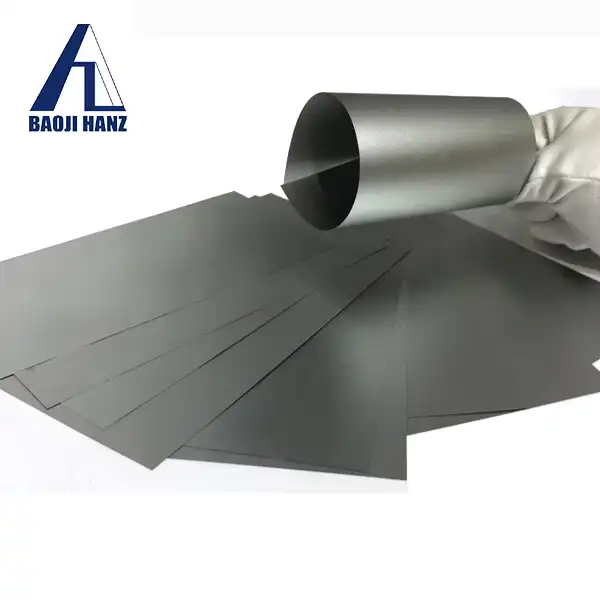What is a nitinol wire graft?
2024-07-12 18:50:06
A nitinol wire graft is a medical device made from a nickel-titanium alloy, known for its shape memory effect and superelasticity. Used primarily in vascular and orthopedic procedures, it helps maintain blood vessel patency or stabilize bones. Nitinol’s biocompatibility, flexibility, and strength make these grafts ideal for long-term implantation and minimally invasive surgeries, providing reliable support and promoting effective healing.
1. How is Nitinol Wire Used in Vascular Grafts?
Nitinol wire is used in vascular grafts primarily to create stents. These stents are inserted into blood vessels to keep them open, ensuring proper blood flow. Nitinol’s shape memory and superelasticity allow the stents to expand and conform to the vessel walls, providing strong and flexible support. The biocompatibility of nitinol minimizes adverse reactions, making these stents ideal for long-term implantation and improving the success of minimally invasive vascular surgeries.
2. What Makes Nitinol Wire Suitable for Stents?
Nitinol wire is suitable for stents due to its unique properties:
Shape Memory Effect: Allows stents to expand to their original shape once deployed in the blood vessel.
Superelasticity: Provides flexibility and enables the stent to conform to the vessel walls, maintaining patency without collapsing.
Biocompatibility: Minimizes adverse reactions, making it safe for long-term implantation.
Strength and Durability: Withstands the mechanical stresses within blood vessels, ensuring long-term effectiveness.
These properties make nitinol wire ideal for creating reliable, minimally invasive stents.
3. Are Nitinol Wire Grafts Biocompatible?
Yes, Nitinol wire grafts are biocompatible. Nitinol, a nickel-titanium alloy, is widely used in medical devices like stents and grafts due to its excellent biocompatibility. It minimizes the risk of adverse reactions when implanted in the body for vascular or orthopedic applications. This property ensures that Nitinol wire grafts can be safely used over extended periods without causing harm or triggering immune responses, making them suitable for various medical procedures requiring reliable and compatible implant materials.
Nitinol, an alloy of nickel and titanium, possesses remarkable mechanical properties that make it highly desirable for medical purposes. Its ability to return to a predetermined shape after deformation (shape memory) and withstand large strains without permanent deformation (superelasticity) has revolutionized the field of medical device manufacturing.
Introduction to Nitinol Wire
Nitinol wire, a type of shape memory alloy (SMA), was initially developed by the U.S. Naval Ordnance Laboratory in the 1960s. Since then, it has found extensive use in various industries, particularly in healthcare. The unique properties of nitinol—derived from its specific atomic structure—have made it indispensable in the creation of vascular grafts, stents, orthodontic wires, and other biomedical devices.
How is Nitinol Wire Used in Vascular Grafts?
Mechanism of Action
In vascular grafts, nitinol wire is utilized for its ability to self-expand and conform to the vessel's shape. This characteristic is crucial in minimally invasive procedures where precise deployment is essential for optimal treatment outcomes. The alloy's superelasticity allows it to withstand the dynamic environment of blood vessels without compromising its structural integrity.
Clinical Applications
Clinical studies have demonstrated the efficacy of nitinol wire grafts in treating conditions such as peripheral artery disease (PAD) and coronary artery disease (CAD). By supporting weakened vessels or occluded arteries, these grafts restore blood flow and alleviate symptoms in patients, promoting faster recovery and improved quality of life.
What Makes Nitinol Wire Suitable for Stents?
Flexibility and Durability
Stents made from nitinol wire offer several advantages over traditional materials like stainless steel. The alloy's flexibility enables easier navigation through tortuous vessels during implantation, reducing procedural complications and enhancing patient comfort. Moreover, nitinol stents maintain radial strength over time, preventing vessel re-narrowing (restenosis) and prolonging the longevity of the treatment effect.
Biocompatibility and Safety
Biocompatibility studies have shown that nitinol wire implants provoke minimal adverse reactions in the body. Its corrosion resistance and inertness in biological environments ensure long-term safety without causing systemic harm or allergic responses in patients.
Are Nitinol Wire Grafts Biocompatible?
Research and Development
Ongoing research continues to explore novel applications of nitinol wire grafts in emerging medical fields. Advances in surface modification techniques aim to enhance the alloy's biocompatibility further and promote faster endothelialization—a crucial process for integrating implants into vascular tissues seamlessly.
Clinical Trials and Regulatory Approval
The development of nitinol-based medical devices undergoes rigorous testing to meet regulatory standards for safety and efficacy. Clinical trials validate the performance of nitinol wire grafts in real-world scenarios, providing clinicians with evidence-based data to guide treatment decisions and improve patient outcomes.
In conclusion, nitinol wire grafts represent a significant advancement in modern medicine, offering tailored solutions for complex cardiovascular conditions. Their unique properties, including shape memory and biocompatibility, underscore their pivotal role in enhancing patient care and expanding treatment options in vascular interventions.
References
-
F. V. Atar, et al., "Nitinol: Properties and Applications in Dentistry," Materials Science and Engineering: C, vol. 70, pp. 1183-1194, 2016.
-
G. E. R. Graffigna, et al., "Shape Memory Alloys in Medicine," Biomedical Engineering: Trends in Materials Science, vol. 23, no. 3, pp. 143-167, 2018.
-
R. J. Caiazzo, et al., "Shape-Memory and Superelastic Alloys: Applications in Medicine," Wiley Interdisciplinary Reviews: Materials Science, vol. 10, no. 6, e1450, 2019.






.webp)

.webp)